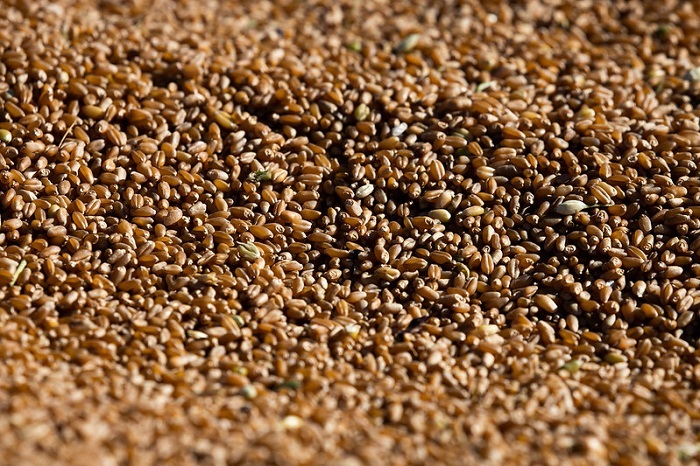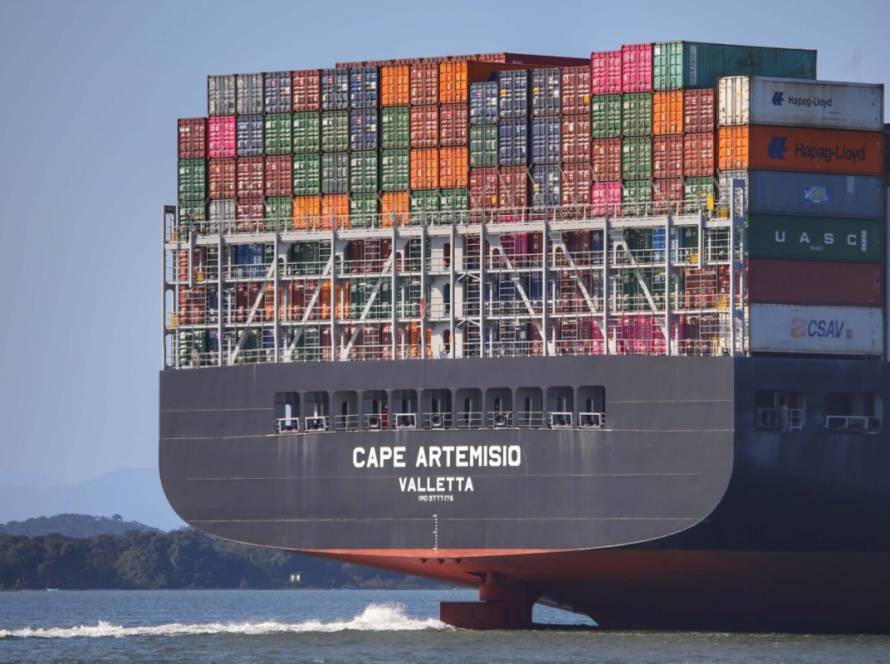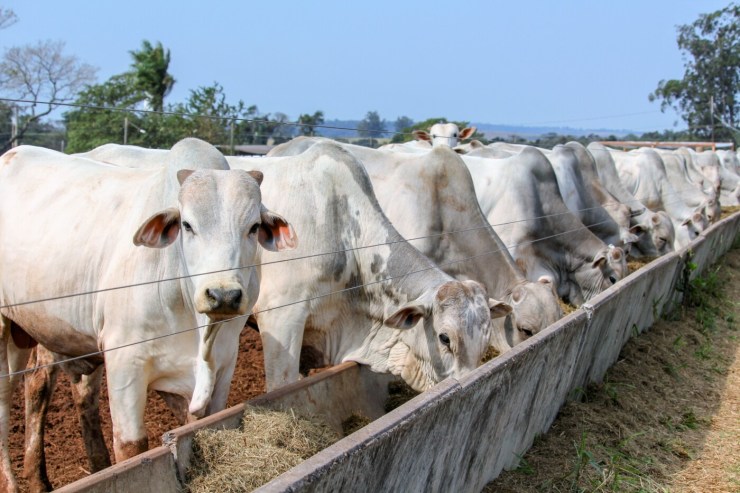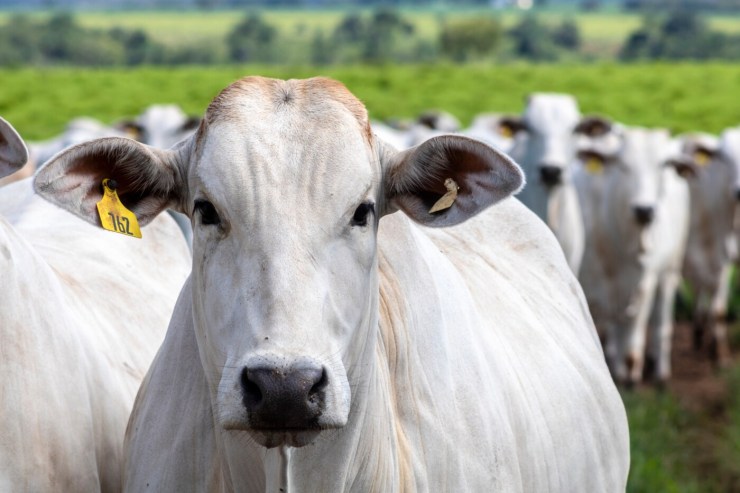The good export flow should continue to play an important role in absorbing the supply, which remains good, and in balancing prices. Despite the good availability of finished cattle this year so far, it is possible that the excess of slaughtered females will moderate from next month, after the period of stronger culling of empty females.

Photo: Shutterstock
Despite the lukewarm physical market for live cattle in recent weeks, futures contracts have reacted since the beginning of March, with maturities for the harvest (May and June) moving away from R$ 300/@ and the peaks of the off-season (October and November) above R$ 340/@. Interestingly, the recent highs in futures have eliminated the discount that existed between the live cattle contract expiring in March 2025 and May 2025. Live cattle futures curve.
The adjustment came in the wake of expectations of improved external demand, following news reports that China will not renew export licenses for American beef processing plants. Before that, China had announced a tariff of 15% on US products in response to the increase in tariffs imposed by the American president on Chinese products. In addition, there are expectations of the opening of the Vietnamese and Japanese markets and new authorizations for plants to export to China.
Although the market has been excited about the possibility of Brazil gaining greater access to beef in the Chinese market, Brazil is already by far the largest external supplier, in addition to supplying meat of a different standard than the American product.
The USDA office in China reinforced in an update of statistics earlier this month its expectation of a slight drop of 0.6% in Chinese beef production in 2025 and imports of 2.2% higher, reaching 3.8 million tons, which is a positive outlook for Brazil. For Australia, the forecast is an increase in production and exports, due to the high slaughter of females.





